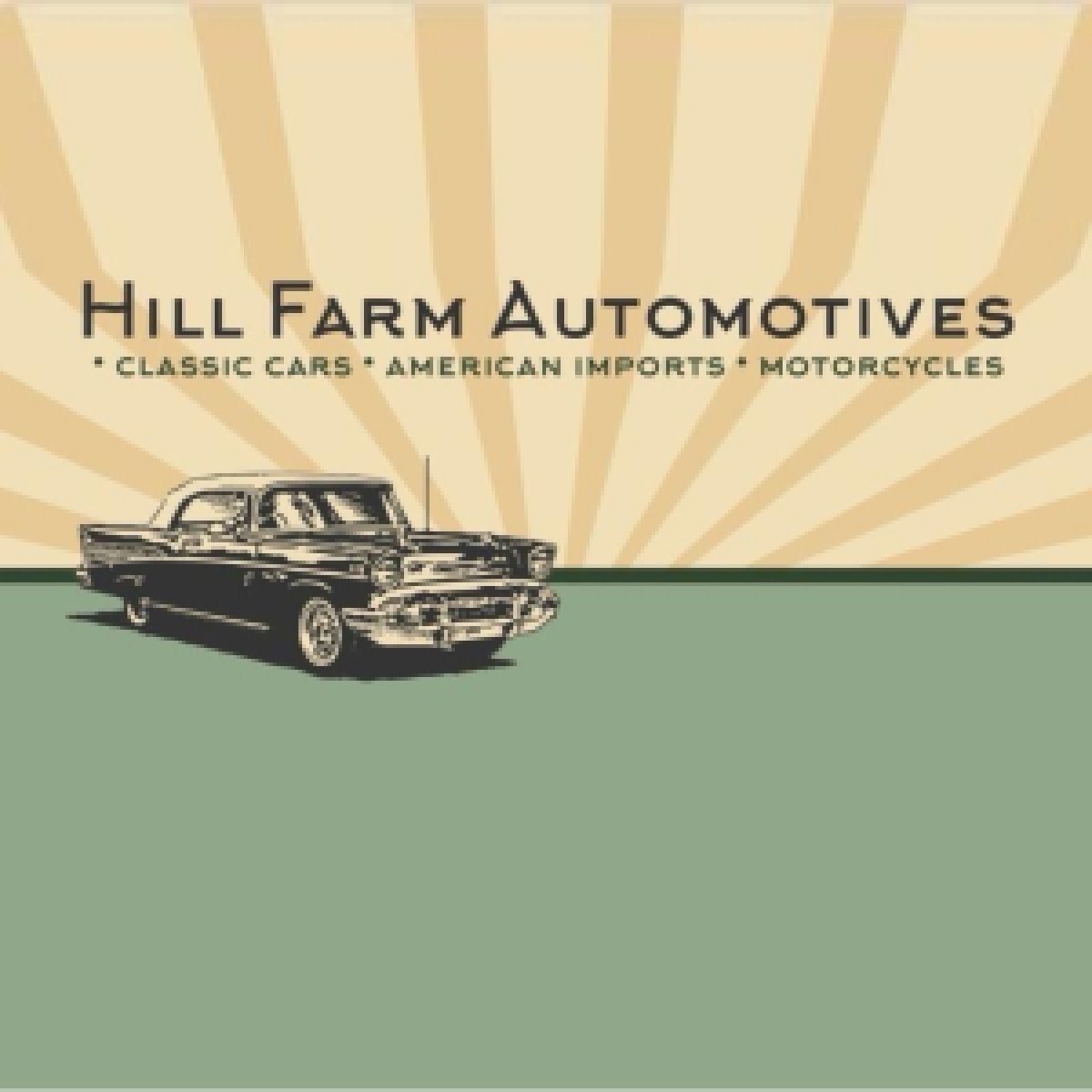Description
In 1909, Ford introduced the Model T. At $450, it fit the working man’s budget and quickly sold by the thousands. That availability and low price encouraged enthusiasts to modify the basic Model T transportation into something much more exciting, so by 1913 a large “aftermarket” had developed, offering a wide range of “speed parts” and custom accessories for the basic black Model T.
The heart of each Speedster was a warmed-over version of the basic 20-horsepower side-valve engine, with a target output of at least 40 horsepower. The basic version featured a planed head to increase the compression ratio, along with lightweight aluminum pistons. Other upgrades included stronger, balanced crankshafts, larger valves, and performance camshafts. The standard Model T body was replaced with a Speedster body complete with a “monocle” windshield. Some cars retained the standard Ford fenders, while others omitted them altogether. The heavy wooden wheels were replaced by strong, lightweight wire wheels.
A complete kit, consisting of radiator, hood, floorboards, rear gas tank, and rudimentary bodywork could be purchased for about US$100. The Speedster body was not just for looks; it made the Model T faster because it was lighter and had a smaller frontal area. These changes alone increased the top speed by 10 to 15 miles per hour.
The lighter bodywork usually required removing a leaf from each spring, and the steering column had to be lowered because the sporty driving position was closer to the ground. Because the early Speedsters were “hot rods” and not original factory-built sports cars, there are far fewer restrictions on the sources of the parts needed to make a modern reconstruction.
This Model T Ford presented here is still a beautiful car with the sharp nose and wire wheels. The engine is seized and currently does not run. Furthermore it looks beautiful with two leather seats, 4 headlights and the typical transverse leaf spring. Dutch papers.
























